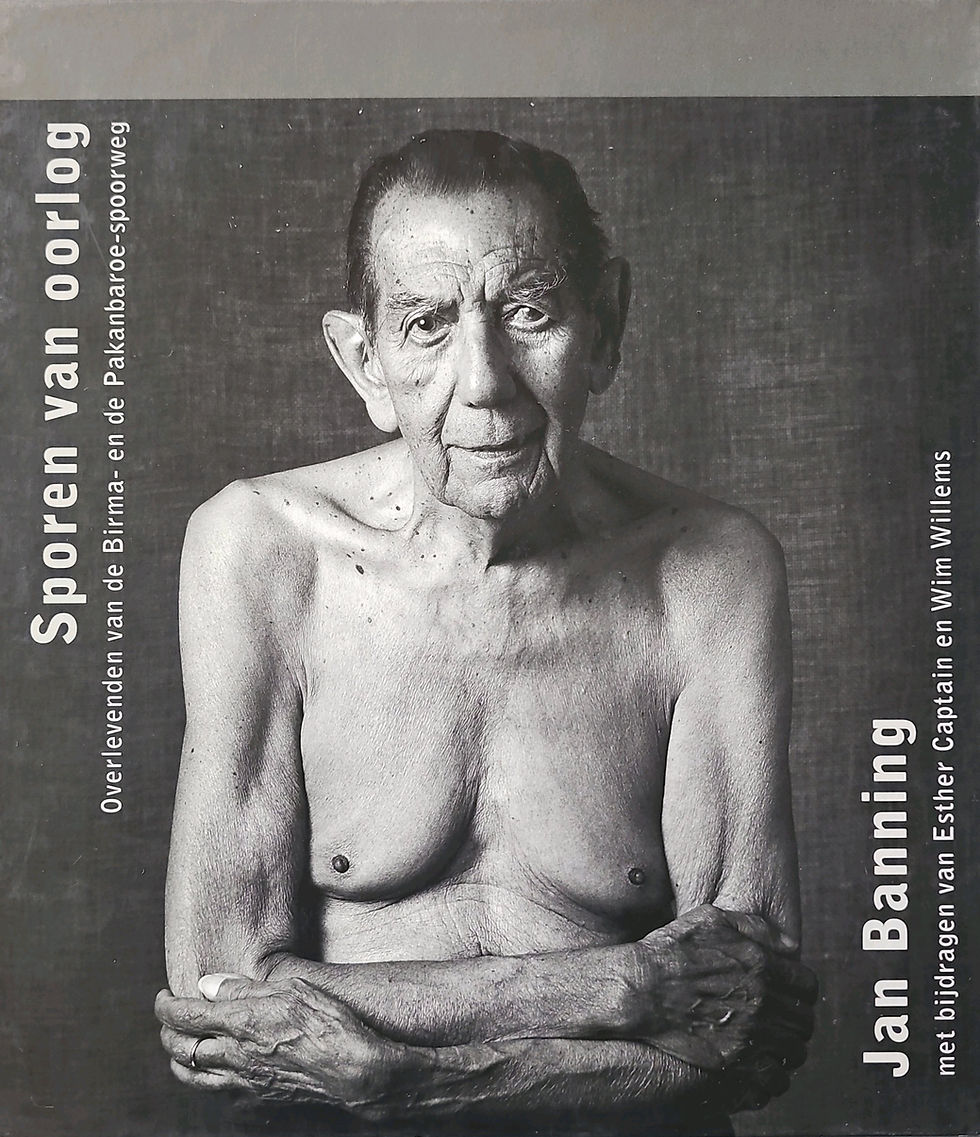The collector speaks
- Apr 24, 2024
- 4 min read

From July 27 to August 24, 2024, the exhibition The [un]fortunate man, a selection from Jo Brunenberg's male nude collection is on show at Pennings Foundation.
Jo Brunenberg speaks.
Start collecting
“As a child I collected all kinds of things: stamps, match brands, cigar bands, bottle caps, beer coasters and coins. But also unusually shaped pebbles or, later, wild plants that were crushed and dried to find a place in my herbarium. These collecting activities came to a dead end after a number of years.

In 1963, at the age of fourteen, I discovered the medium of photography. I took my first photos with a simple box camera. I immediately wanted to learn to print them myself in the darkroom and gradually I became fascinated by creative photography and also by the rapid technical development of the medium. New collecting manias replaced the previous ones and thus my interest in old cameras and other objects from which the history of photography could be deduced. But what I found most interesting about photography was not the technique but the result: the photographic print or enlargement. Collecting and interest in the technical and artistic possibilities of photography was gradually accompanied by the acquisition of knowledge through magazines, photo books and exhibitions.
In 1982, at a camera fair in Cologne, I came across an old photo, printed on thin albumen paper, depicting two half-naked Sicilian youths, a photo taken around 1900 by Baron Wilhelm von Gloeden. In retrospect, it was not only my interest in the history of this photographic image that motivated me to purchase that photo, but also the attraction that appeared to be associated with images of the naked male body. This was the beginning of a collection of photographs with the male nude as the main motif.

In 1982, at a camera fair in Cologne, I came across an old photo, printed on thin albumen paper, depicting two half-naked Sicilian youths, a photo taken around 1900 by Baron Wilhelm von Gloeden. In retrospect, it was not only my interest in the history of this photographic image that motivated me to purchase that photo, but also the attraction that appeared to be associated with images of the naked male body. This was the beginning of a collection of photographs with the male nude as the main motif.
During that time I was introduced to the wide variety of photographic techniques that have emerged since the invention of photography. Numerous processes, each with their specific properties and charms. From the early daguerreotypes and ambrotypes to the various printing techniques on paper such as the carbon print, the albumen print, the cyanotype, the gum print and the later silver bromide prints, but also the techniques for color images such as the early autochromes, the fresson print and, more recently, the cibachrome technique and the even later, digitally controlled, inkjet techniques.

Over time, a varied collection was created, albeit with one theme, 'the male nude', but photographed by their makers for various purposes and executed in numerous printing techniques. Not only 'big names' in the photography world were of interest to me, work by lesser-known or even anonymous photographers also contributed to the diversity within the collection. It also became a collection from which the history of the medium, the changing style and the 'Zeitgeist' can be deduced.
Due to changing morals, images of male nudity have been viewed very differently over time. From the prudish Victorian era to the frank 1960s, the time of the 'sexual revolution', to a kind of 'new prudishness' of recent years. Views on this subject were constantly changing.

For my work in the printing house I regularly traveled abroad and in my spare time I discovered numerous galleries there, especially in the US, with photos that fit into the starting collection. I often also contacted photographers directly to purchase work directly 'at the source' or sometimes to exchange my own photos, such as with Erwin Olaf. These contacts with photographers sometimes also led to agreements to take photographs together, such as with Arthur Tress in abandoned buildings in New York or Amsterdam and with photographers from the region, in particular a long-term intensive collaboration with Ton Huijbers and Pierre Segers, usually at locations in France. Gradually, especially from the 1980s onwards, the 'male nude' also came to play a major role in my own photographic work.
Harry Pennings, the founder of Galerie Pennings (now Pennings Foundation), organized the exhibition Unreal Beauty in 2005 as part of Breda Photo, in which, in addition to examples of female nudity in photography, he also presented a number of photos from my collection. The exhibition The [un]fortunate man shows a selection from my collection compiled by curator Pim Hoff and shows his preference from the result of decades of passionate collecting.”
Jo Brunenberg, 2024

Jo Brunenberg (b. 1949) is a graphic artist, photographer and collector. After a graphic training in Utrecht, followed by a study at the Academy for Industrial Design in Eindhoven, he specialized in reproduction techniques, printing techniques and color management. In 2005, part of his collection was shown at Breda Photo in the exhibition 'Unreal Beauty'.
See also blog #12 Breda Photo 2005 (penningsfoundation.com)




Comments